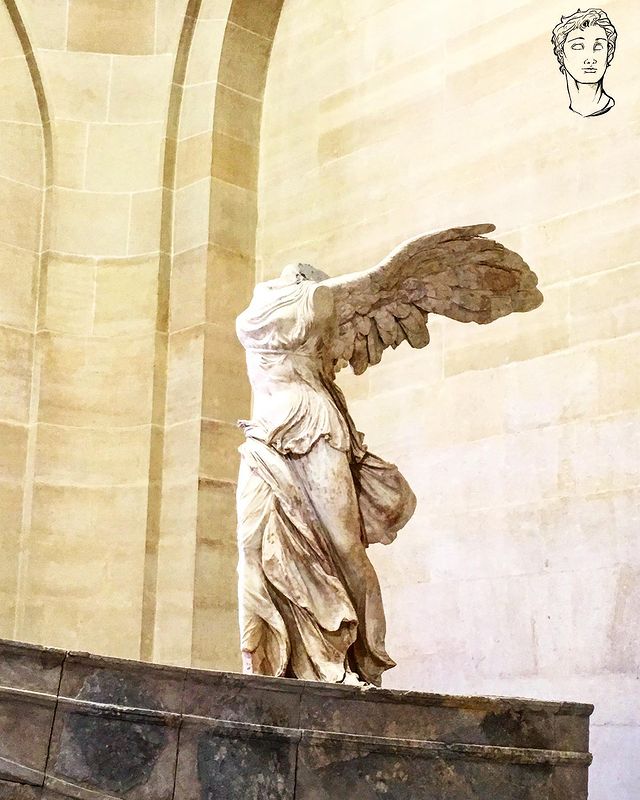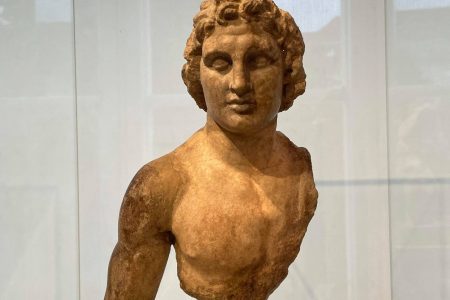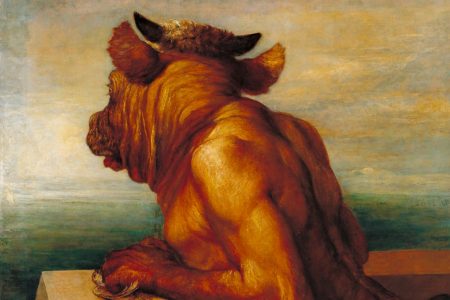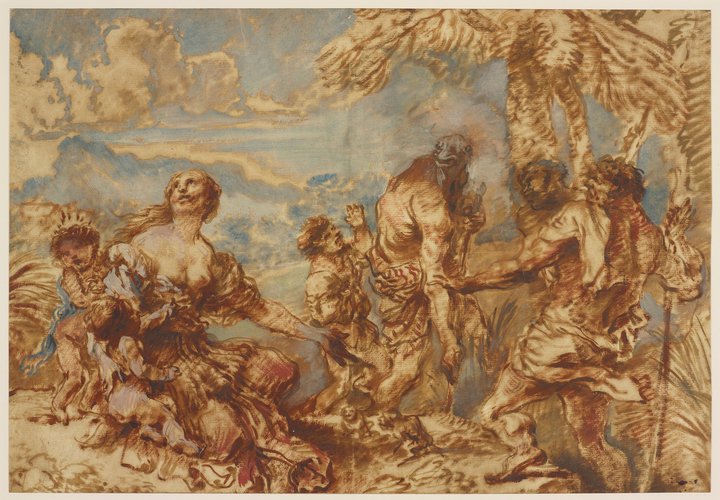Hellenistic sculptures is perhaps the most famous of the sculptures of the Hellenistic period. Now found at the Louvre, it has been speaking to visitor’s imagination for several centuries now. But where does it come from? The drama of Nike Where to begin? It has been on prominent display in the Louvre since 1884 and …









